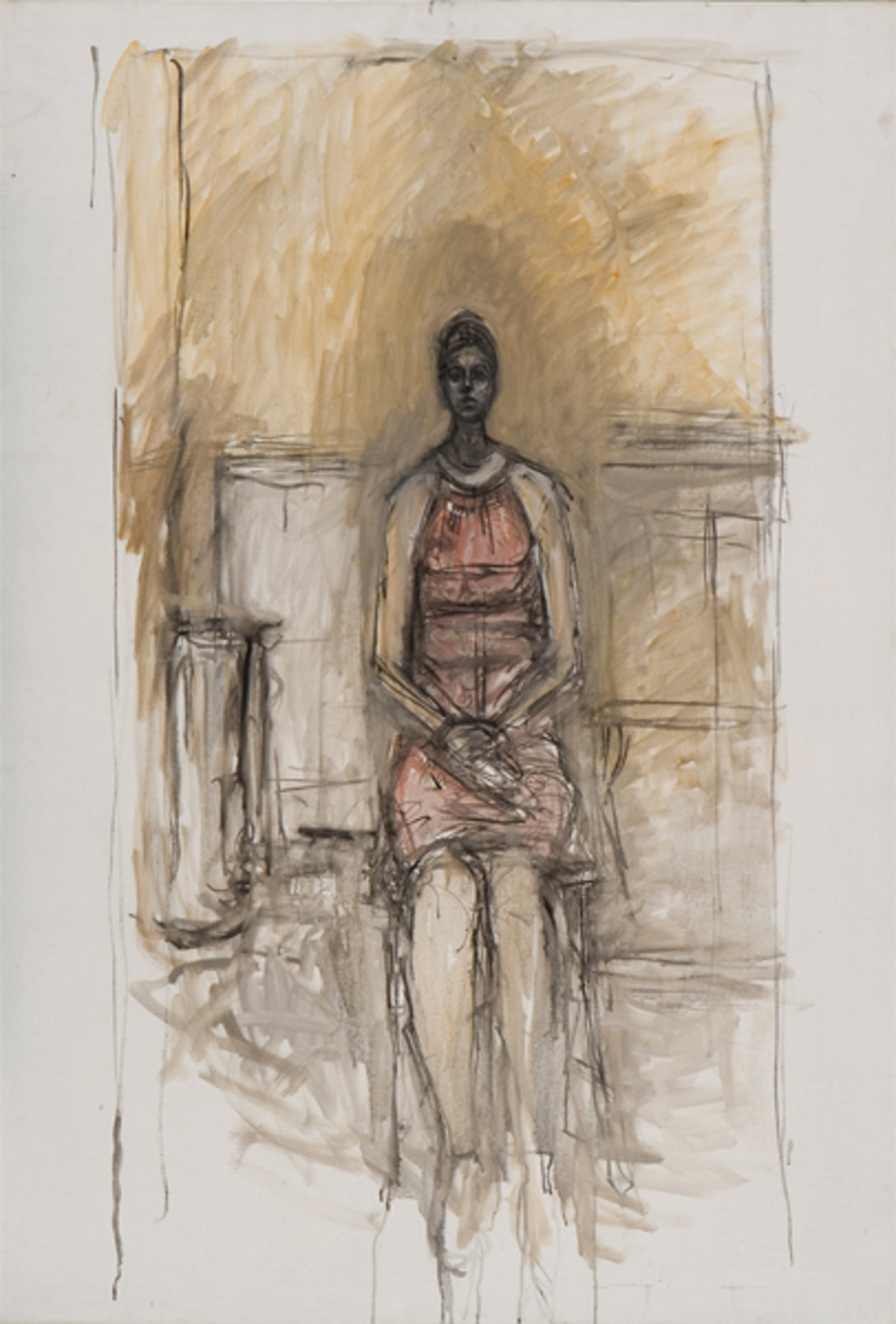Chapter 3 | WORKS OF ART
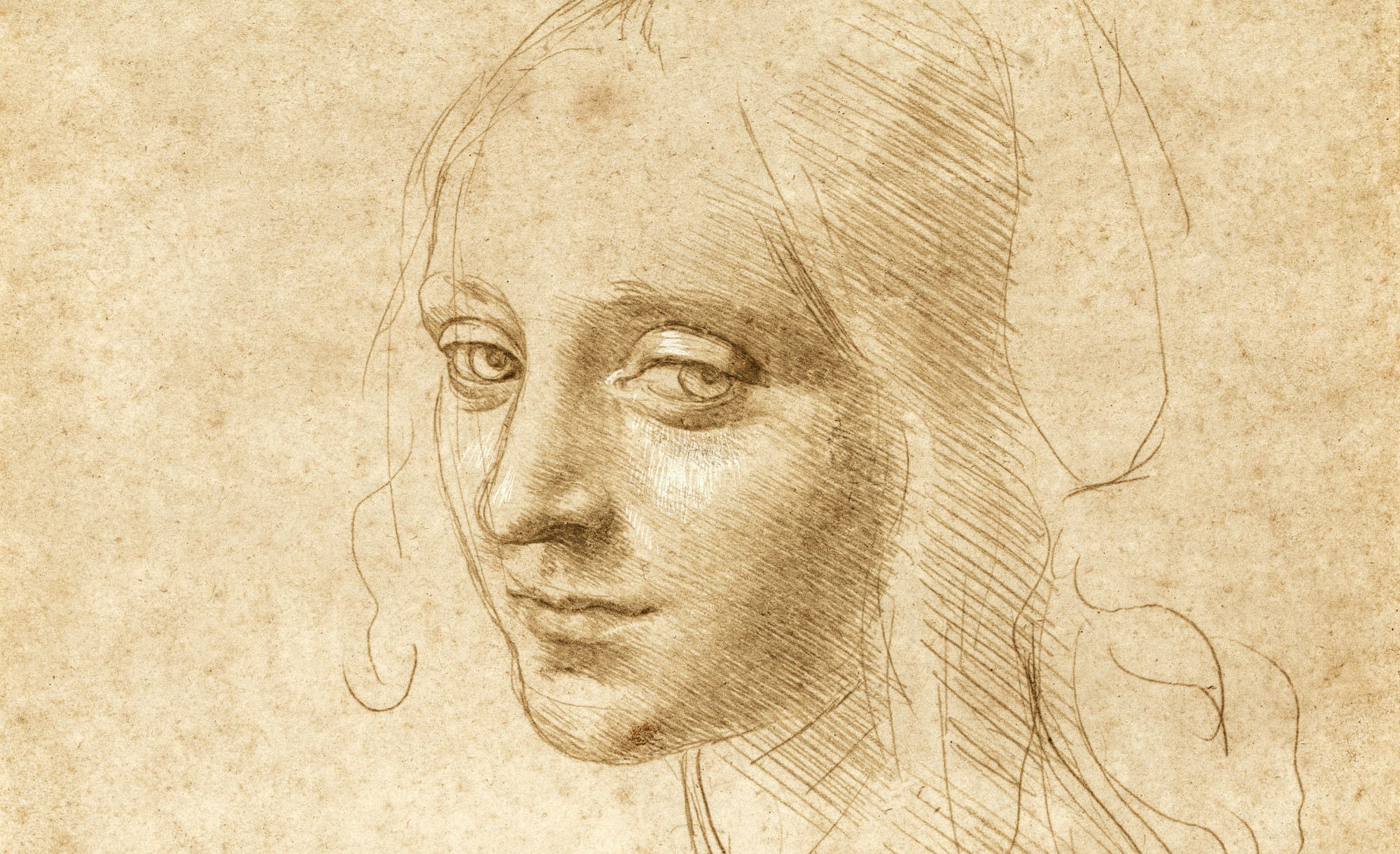
The first work of art is a small drawing (16 x 18 centimeters) of a young woman by Leonardo da Vinci (1452-1519). You can clearly see how narrow the right half of her face becomes in a three-quarter view. Leonardo drew her in such a way that she is looking back at something or someone right behind us. She smiles a little but her eyes look rather dreamy, melancholic or indifferent. In this brilliant drawing you can also beautifully see the 3D construction of the nose, the eyes (a sphere in the eye socket) and the mouth with the shadow under the lower lip. The hatching goes from top left to bottom right; by this you can tell that Da Vinci was left-handed.
The second work of art is an almost life-size sculpture dating from the same time as Da Vinci’s drawing. It was created by the sculptor Giovanni Romano (1465-1512) and is probably a portrait of Isabella d’Este, a powerful woman who lived in a large palace in Mantua, Italy. Isabella was one of the first art collectors and also a very good musician. Very different from the girl in the drawing, this woman looks rather proud or strict. Because we do not see irises and pupils, it seems as if she is looking far ahead and certainly not at someone who happens to pass by. In this portrait you can see crystal clear the construction of the nose, the eyes, the mouth and the neck with the shoulders. What’s special about a sculpture is that you can walk around it, for example in a museum. Therefore here I can also show you images of the profile and the back with the tail. It is very likely that the artist depicted Isabella in an idealized manner.
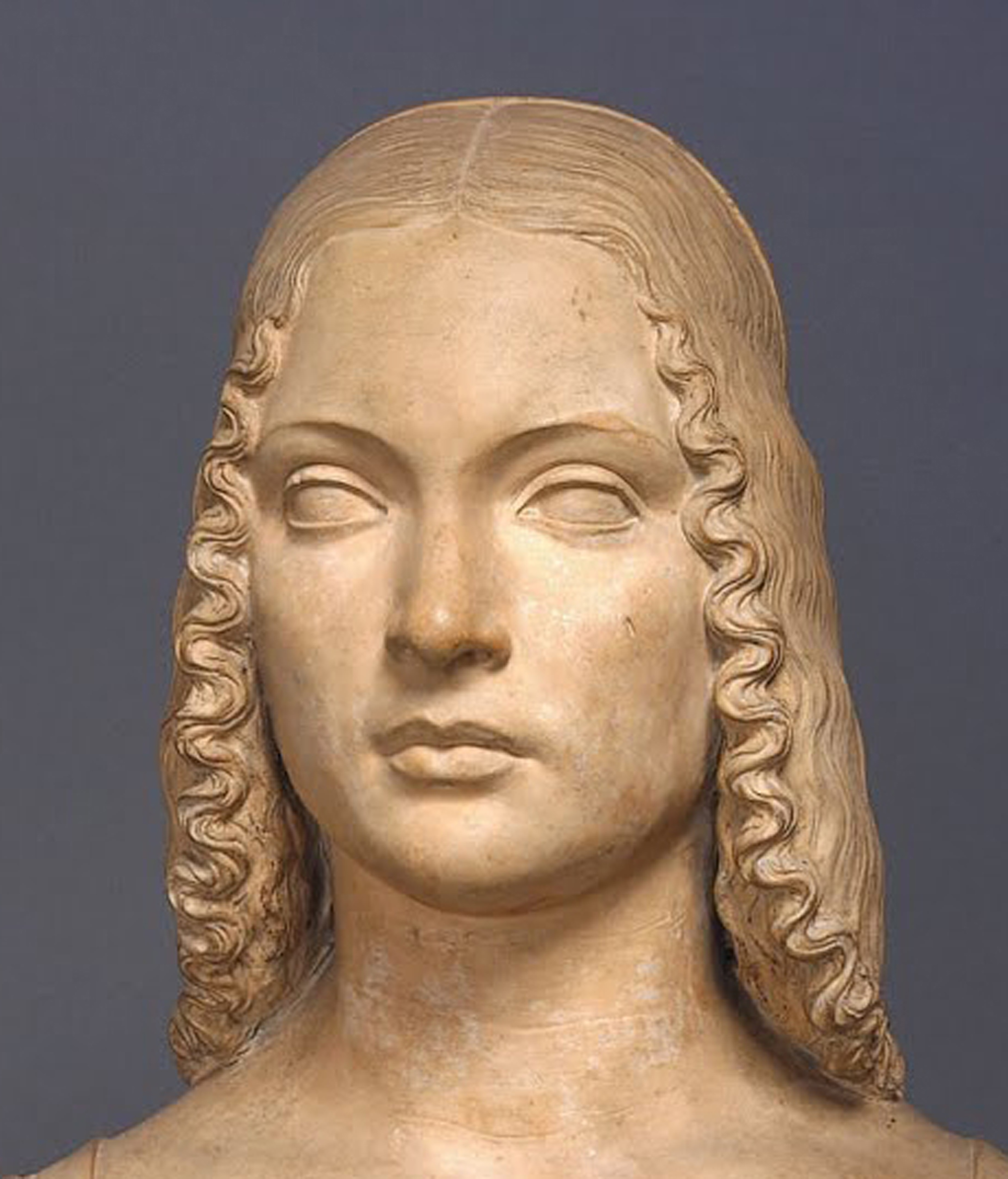
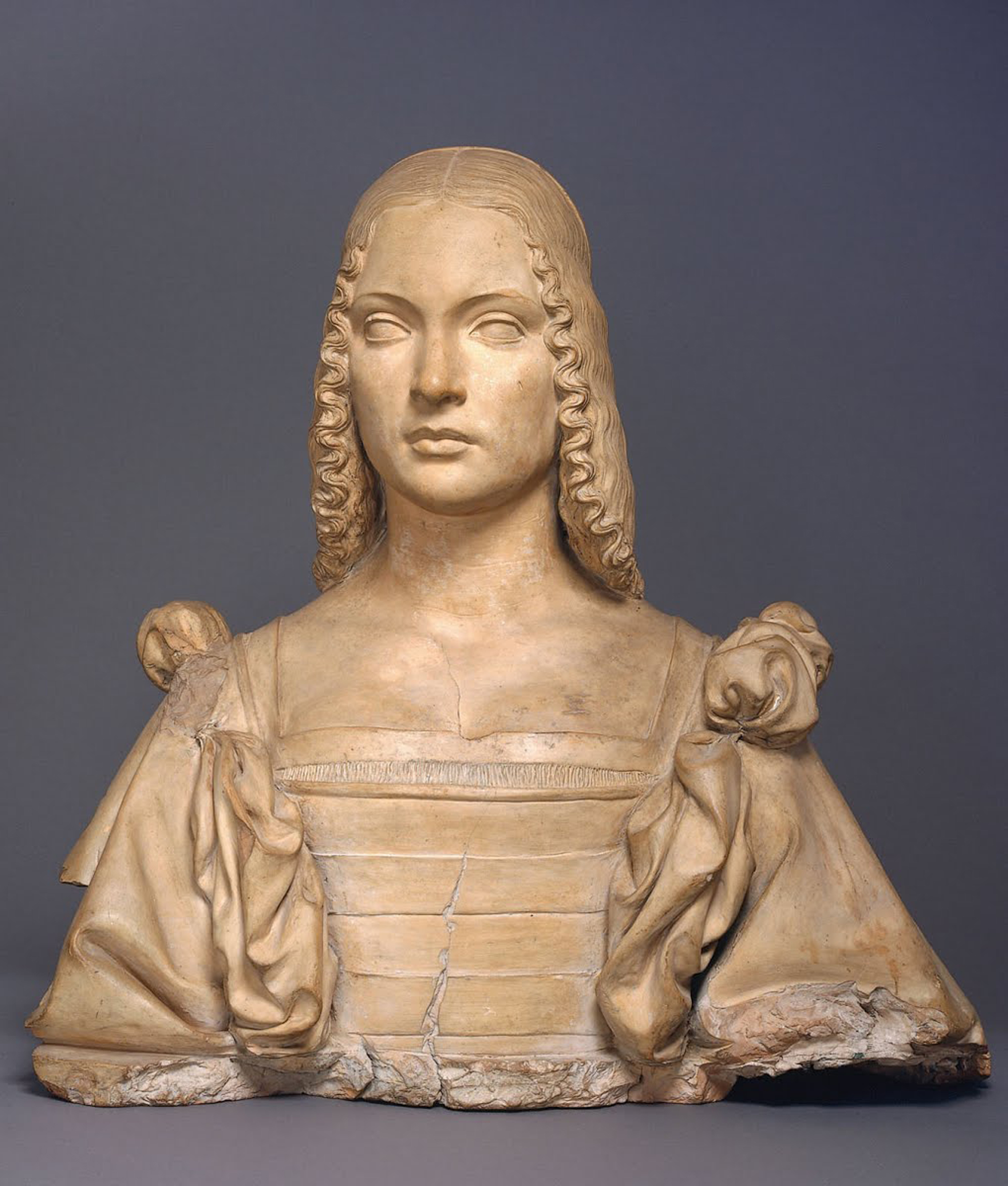
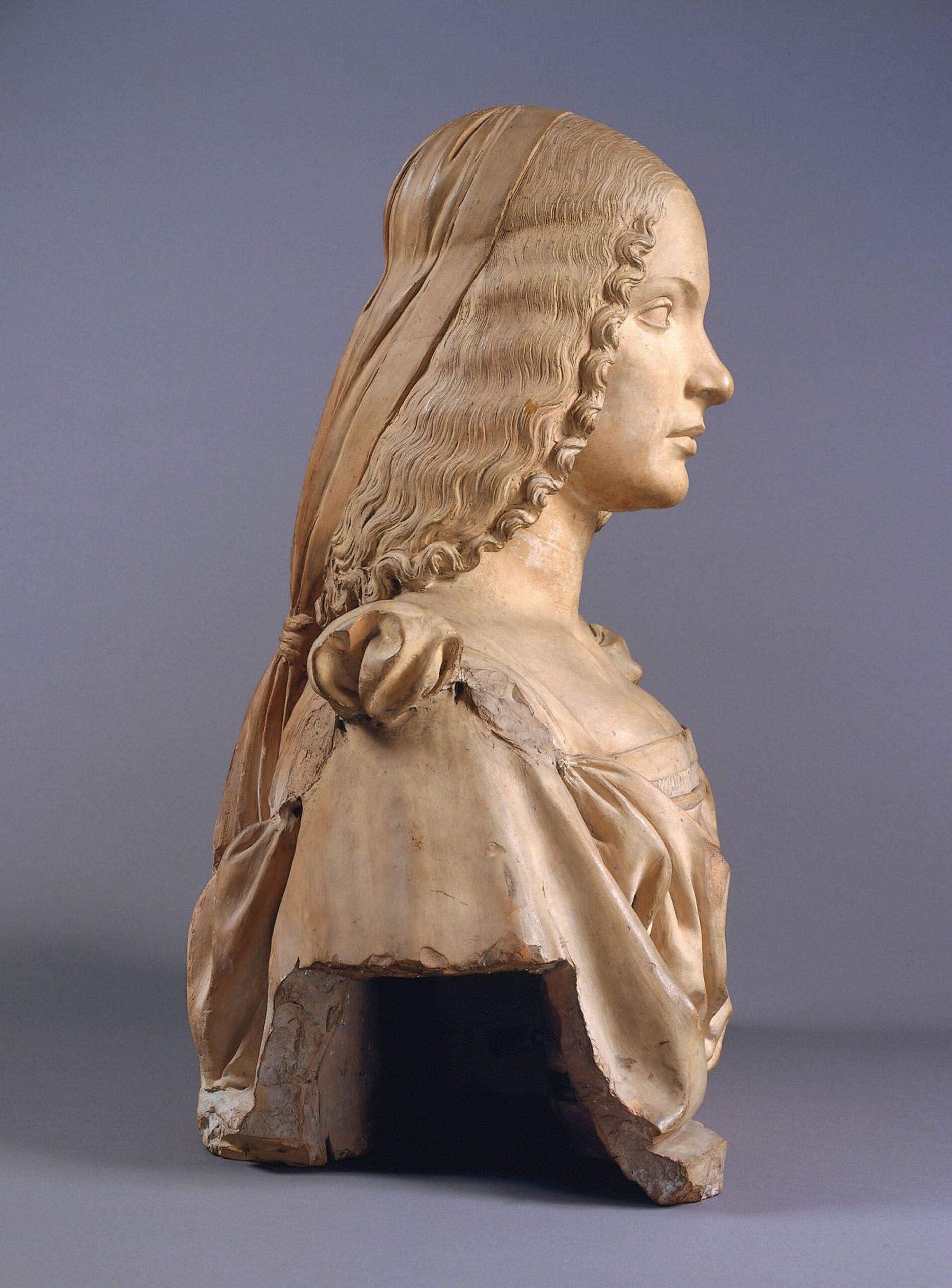
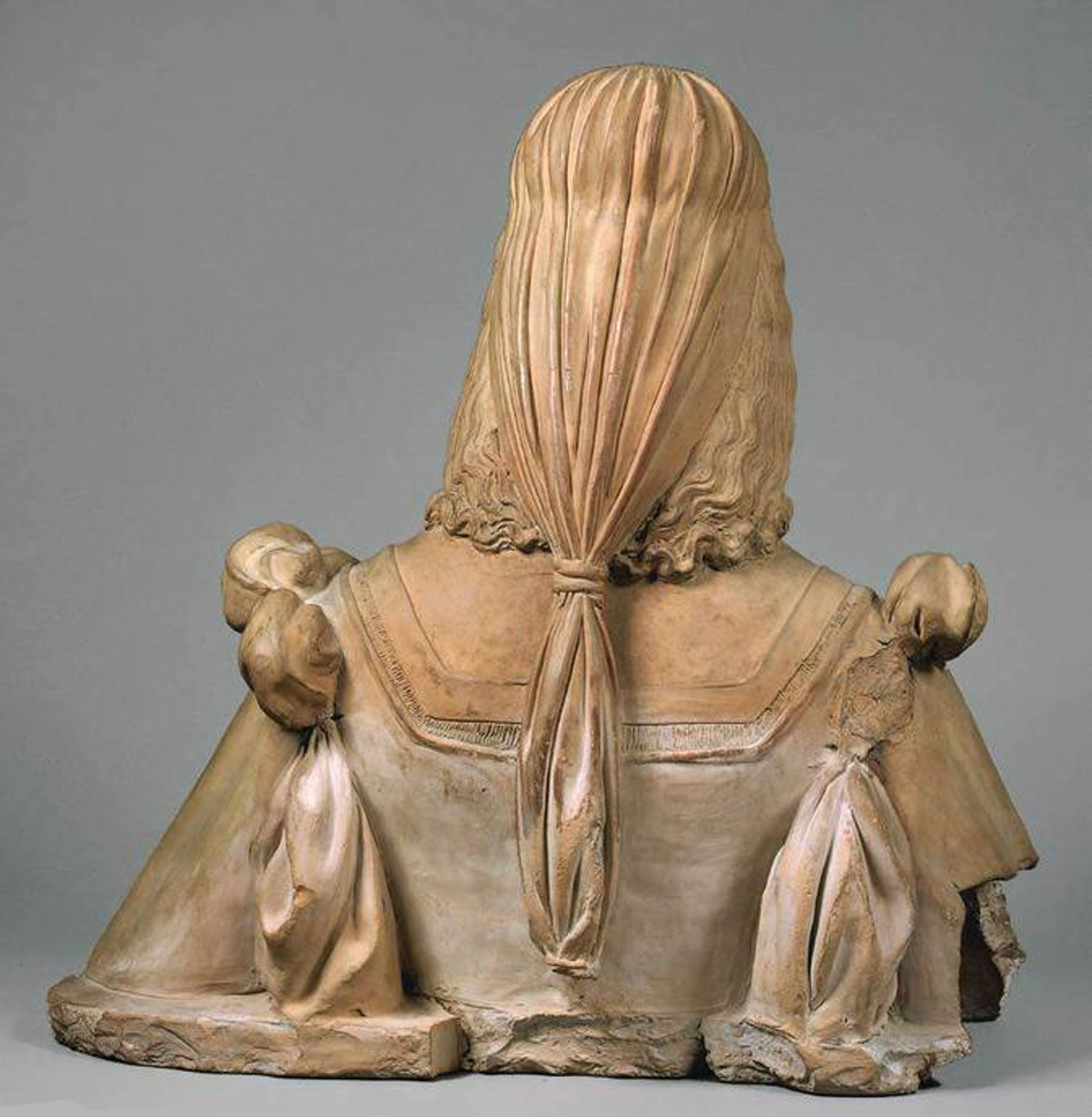
Portrait bust Isabella d’Este, Giovanni Cristoforo Romano, 54.3 x 54.6 cm., terracotta (baked clay),
The Thyssen-Bornemisza collection. Kimbell Art Museum, Fort Worth, Texas
The third work of art is a portrait of a woman by the Swiss artist Alberto Giacometti. It is an example of how the vision and style of an artist become more important than the conventions of a good portrait. For example, the woman’s head is painted very small in relation to her body. Her body and the surroundings are depicted with a tangle of lines and clearly visible brush strokes. Perhaps that is precisely why your attention is magnetically drawn to the small painted head of the woman. Due to her frontal ‘good’ sitting position in the chaos around her, the figure takes on something vulnerable or unyielding, or maybe you imagine something else… The portrait is a cross between drawing (with a brush) and painting. The colours such as the pink of her dress are applied very thinly and everywhere, except in the face and neck, you can still see the background. Despite the apparent confusion, the portrait is still a strong unity. The completely intuitive working method of Giacometti and the so-called unfinished nature of this portrait (even a sketchily indicated frame) is a beautiful example of the many possibilities in portrait art.
